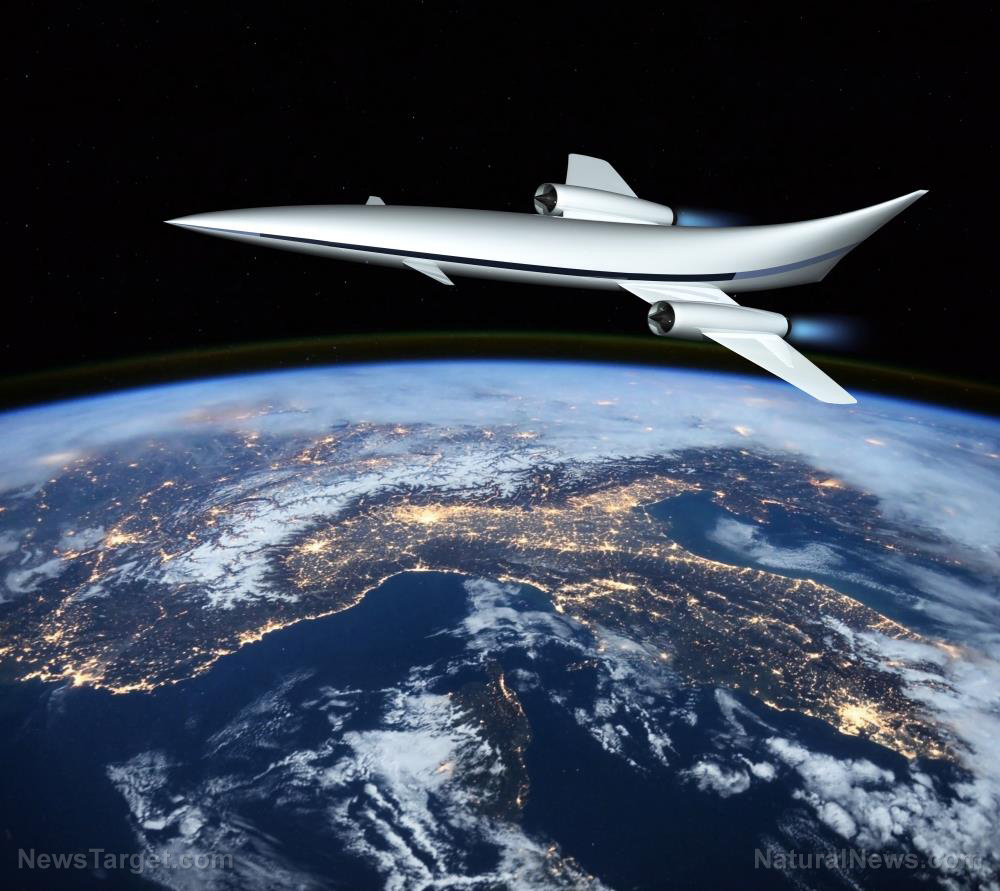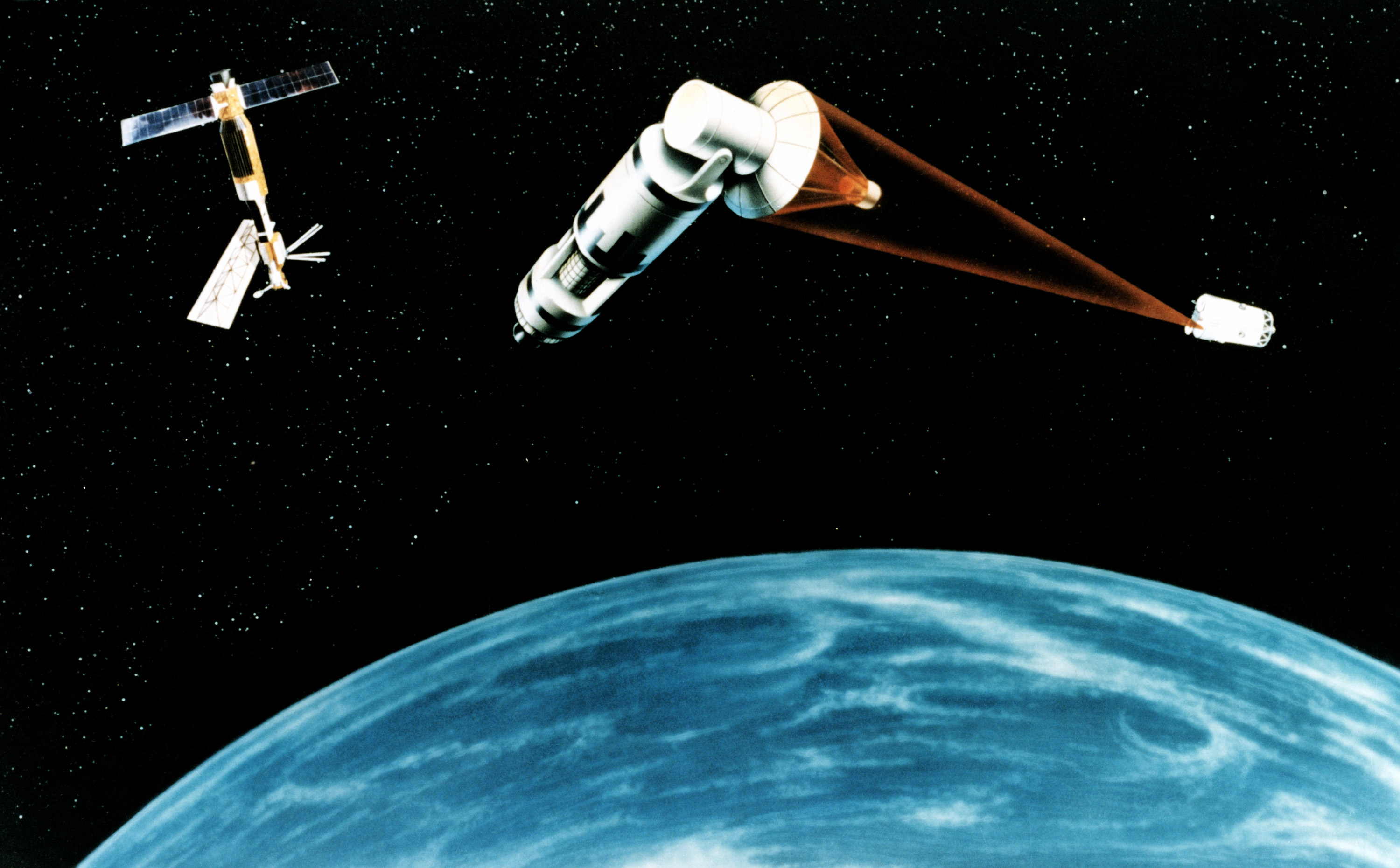A new dawn for flight: Scientific breakthrough paves way for hypersonic travel
11/17/2025 / By Ava Grace

- New research suggests that the turbulent airflow at hypersonic speeds (Mach 5-10) is not a unique problem but a familiar form of turbulence, making aircraft design potentially more straightforward than previously thought.
- The findings provide the strongest experimental evidence yet for “Morkovin’s hypothesis,” which postulated that the fundamental nature of turbulence does not dramatically change at hypersonic speeds.
- The breakthrough came from an 11-year study using a laser to ionize krypton gas in a Mach 6 wind tunnel, allowing researchers to visually map and analyze the turbulent flow without physical intrusion.
- By confirming that existing aerodynamic principles can be adapted, the research provides the critical simplifying assumptions needed to create feasible computational models for hypersonic vehicle design.
- This discovery could dramatically accelerate the development of aircraft for ultra-fast global travel and revolutionize space access by enabling reusable, runway-launched vehicles that can fly directly into orbit.
In a landmark discovery that challenges long-held assumptions about high-speed aerodynamics, new research suggests that the path to aircraft flying at ten times the speed of sound may be far more straightforward than previously imagined. This revelation, emerging from over a decade of meticulous laser experiments, indicates that the turbulent airflow plaguing hypersonic design may not be a unique monster, but a familiar challenge operating under extreme conditions. The findings promise to dramatically accelerate the development of Mach 5 to Mach 10 vehicles, potentially shrinking global travel times from hours to minutes.
The dream of hypersonic speed is tempered by immense physical challenges. While military jets routinely cruise at Mach 2 or Mach 3, achieving Mach 10—approximately 7,600 miles per hour—introduces violent turbulence and searing heat capable of melting conventional materials. The core of the challenge lies in the difference between two states of airflow. At lower speeds, air is treated as “incompressible,” a principle underpinning conventional aircraft design. However, once a vehicle surpasses the speed of sound, the airflow becomes “compressible,” with air acting like a squishable fluid, fundamentally altering the forces of lift, drag and thrust.
A 60-year-old hypothesis
For decades, engineers have grappled with the uncertain science of compressible turbulence. A guiding light has been Morkovin’s hypothesis, a theory proposed by scientist Mark Morkovin in the mid-20th century. Morkovin postulated that the essential nature of turbulence does not change dramatically at hypersonic speeds. If true, this is revolutionary. It means engineers do not need to invent an entirely new science of aerodynamics for hypersonic flight, but can adapt well-understood principles. Despite its influence, the hypothesis has remained an unproven theory, until now.
The task of proving Morkovin’s hypothesis fell to Professor Nicholaus Parziale and his team, who embarked on an 11-year endeavor. Their experiment was both elegant and complex. Inside a hypersonic wind tunnel, they introduced a trace amount of krypton gas. They then fired a laser to ionize the krypton, creating a perfectly straight, glowing line of atoms within the Mach 6 airflow. Using high-resolution cameras, the researchers captured how this illuminated line contorted, providing a direct window into the heart of hypersonic chaos without intrusive physical probes.
Validating the vision
The results, published in the prestigious journal Nature Communications, were definitive. The behavior of the turbulent flow at Mach 6 was remarkably consistent with the patterns observed in slower, incompressible flows. The study provides the strongest experimental evidence to date that Morkovin’s hypothesis is correct. This validation has immediate and practical consequences. It provides the simplifying assumptions that make computational models of hypersonic flight feasible, bringing the dream of a viable hypersonic aircraft design within reach.
The ramifications of this research extend far beyond cutting international flight times. The same principles could revolutionize access to space. Currently, reaching orbit requires powerful, expensive and single-use rockets. A hypersonic aircraft, by contrast, could take off from a conventional runway, accelerate to Mach 10 or beyond, and fly directly into low Earth orbit. This approach promises a future of reusable, airplane-like operations for space travel, dramatically lowering costs and increasing frequency.
“Hypersonic speed is defined as traveling faster than Mach 5, or five times the speed of sound, said BrightU.AI‘s Enoch. “This translates to velocities of approximately 3,900 miles per hour and above, enabling extremely rapid travel. For example, such speeds could reduce a flight from London to New York to just two hours.”
The path to a hypersonic future remains long, fraught with engineering hurdles in materials science and propulsion that this discovery does not solve. Yet, by demystifying one of the most fundamental aspects of high-speed flight, this research provides a clearer and more confident roadmap. The world may not be booking hypersonic tickets tomorrow, but the science has just passed a critical milestone, proving that the laws of physics may not be the barrier we once feared.
Watch a report on North Korea unveiling hypersonic missile capable of carrying its payloads anywhere to America in minutes.
This video is from The Prisoner channel on Brighteon.com.
Sources include:
Submit a correction >>
Tagged Under:
aircraft, airflow, hypersonic speed, krypton gas, laser experiments, Mach 10 speed, Mark Morkovin, military jets, Morkovin's hypothesis, research, speed of sound, turbulence
This article may contain statements that reflect the opinion of the author
RECENT NEWS & ARTICLES
COPYRIGHT © 2017 SCIENTIFIC NEWS




















